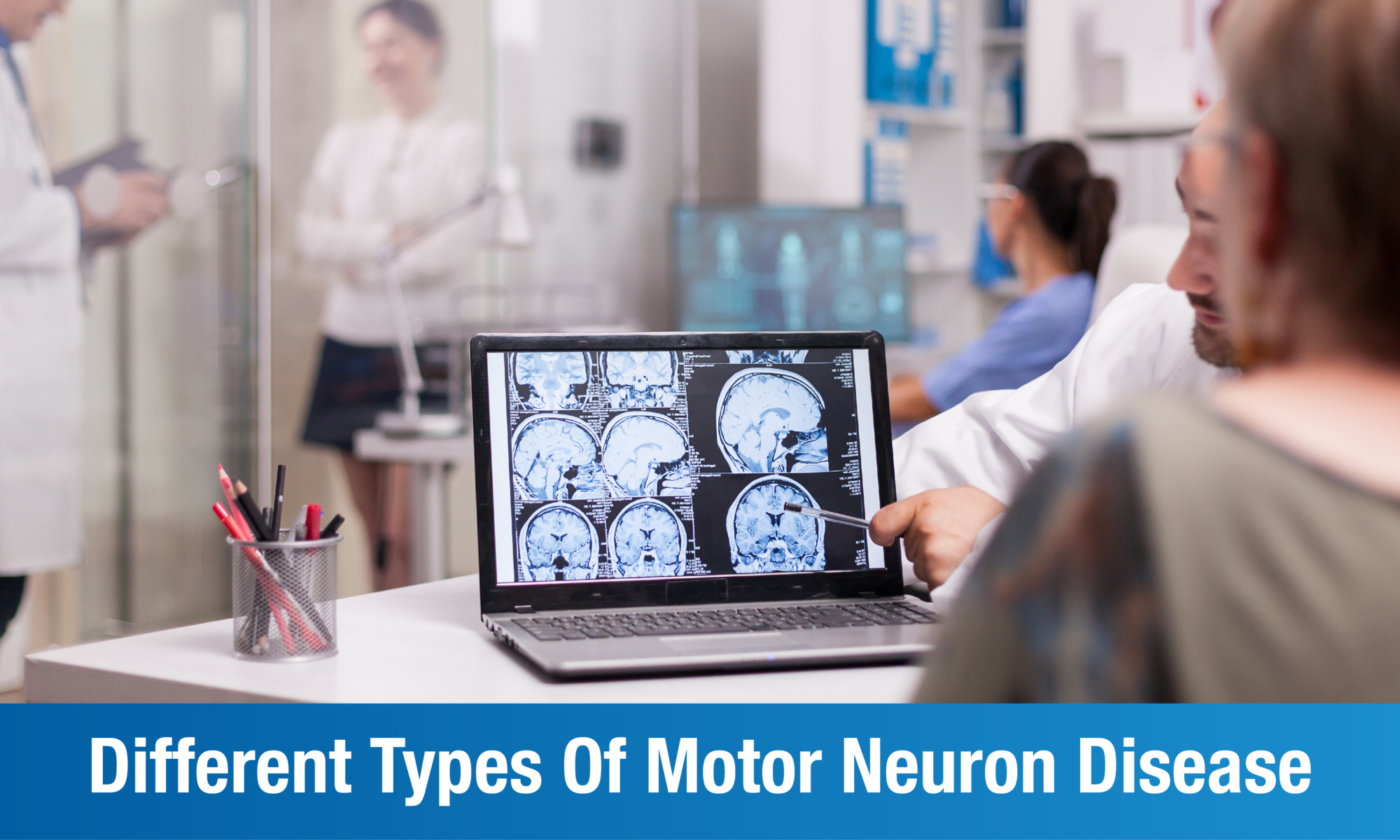
Receiving a diagnosis of Motor Neuron Disease can be a tough moment. A progressive condition that has no cure, it affects the ability to make voluntary movements, significantly hampering daily functionality and overall fitness. However, with adequate knowledge, patients can act quickly to obtain a diagnosis, and commence the best MND treatment in Bangalore. Here, we offer a quick guide to the various kinds of Motor Neuron Disease one might have.
Understanding Motor Neuron Disease
Motor Neuron Diseases are a group of neurodegenerative disorders that selectively affect motor neurons, the cells which control all the voluntary muscles of the body. Voluntary muscles are responsible for performing movements under one’s will. Treatment options for Motor Neuron Disease include Stem Cell Therapy, Physiotherapy, Occupational Therapy, and Speech Therapy.
Types of Motor Neuron Disease
There are two kinds of neurons in the body – the upper motor neurons in the brain, and the lower motor neurons in the spinal cord. Both control movements in different parts of the body. Doctors classify types based on which neurons have been affected. We can discuss the main types of Motor Neuron Disease as follows.
Amyotrophic Lateral Sclerosis (ALS)
This is also known as Lou Gehrig’s disease, and is the most common form of Motor Neuron Disease. It affects both the upper and the lower motor neurons. Patients with ALS experience difficulty speaking, swallowing, walking, and breathing as the muscles become progressively weaker. They may also experience muscle cramps or twitches. ALS mostly affects people between the ages of 40 and 60. Typical survival time is 3 – 5 years after the diagnosis, although many patients live much longer.
Progressive Bulbar Palsy (PBP)
This is a type of ALS in which the motor neurons at the brain stem are affected. Many patients with PBP, in fact, go on to develop ALS. PBP causes slurred speech and trouble with chewing and swallowing. It also affects the ability to control emotions, which means that the patient may cry or laugh without reason.
Pseudobulbar Palsy
This is similar to PBP in that the ability to speak, chew, and swallow is impacted. Here too, patients may laugh or cry uncontrollably.
Primary Lateral Sclerosis
This is similar to ALS in terms of symptoms, namely poor balance and coordination, weakness in the limbs, trouble walking, and slurred speech. However, it affects only the upper motor neurons. Unlike ALS, it is not fatal, though the muscles do get weaker as the disease progresses.
Spinal Muscular Atrophy
This is an inherited form of Motor Neuron Disease that occurs due to a defect in the SMN1 gene. It primarily affects the lower motor neurons and causes weakness in the legs, trunk, and arms. Depending on when symptoms first manifest, Spinal Muscular Atrophy has four subtypes. These include:
- Type 1: This is also known as Werdnig-Hoffman disease. It affects children around 6 months of age. Symptoms include an inability to lift their head or sit up without support, poor reflexes, poor muscle tone, and difficulty breathing and swallowing.
- Type 2: It manifests between 6 and 12 months of age. Children are able to sit, but cannot stand or walk without support. Breathing trouble may also be experienced.
- Type 3: This is also known as Kugelberg-Welander disease. It affects children between 2 and 17 years of age, and often leads to spine curvature or shortened muscles. Patients have difficulty standing, walking, running, and climbing stairs.
- Type 4: It manifests after the age of 30 and mostly affects the muscles in the upper arms and legs. Symptoms include tremors, twitches, muscle weakness, and difficulty breathing.
Progressive Muscular Atrophy
This is one of the rarer types of Motor Neuron Disease. It affects primarily the lower motor neurons, with muscle weakness starting in the hands and then spreading to other parts of the body. This condition may develop into ALS over time. Progressive Muscular Atrophy can be inherited or sporadic.
Kennedy’s Disease
This is an inherited form of Motor Neuron Disease that affects only men, although women can be carriers. Patients display symptoms such as difficulty with speaking and swallowing, weakness in the face and limbs, hand tremors, and muscle cramps. They may also have a reduced sperm count and enlarged breasts.
Living with any of these types of Motor Neuron Disease can be hard, but appropriate treatment and lifestyle adjustments can significantly improve the quality of your life. Getting a prompt diagnosis on which type you have will enable you to benefit from the best MND treatment in Bangalore much sooner and maximize functionality.
If you have any questions or are looking for a motor neuron specialist, Plexus Neuro and Stem Cell Research Centre is here to help! All you have to do is give us a call or schedule an appointment with us today.










